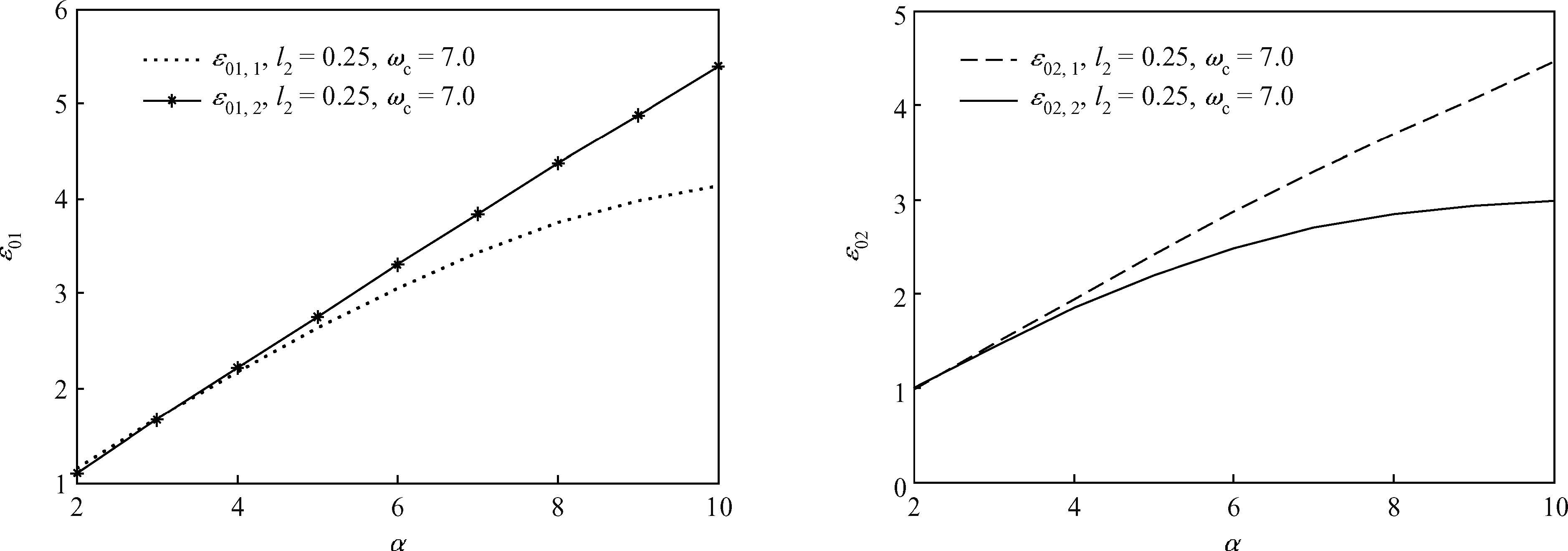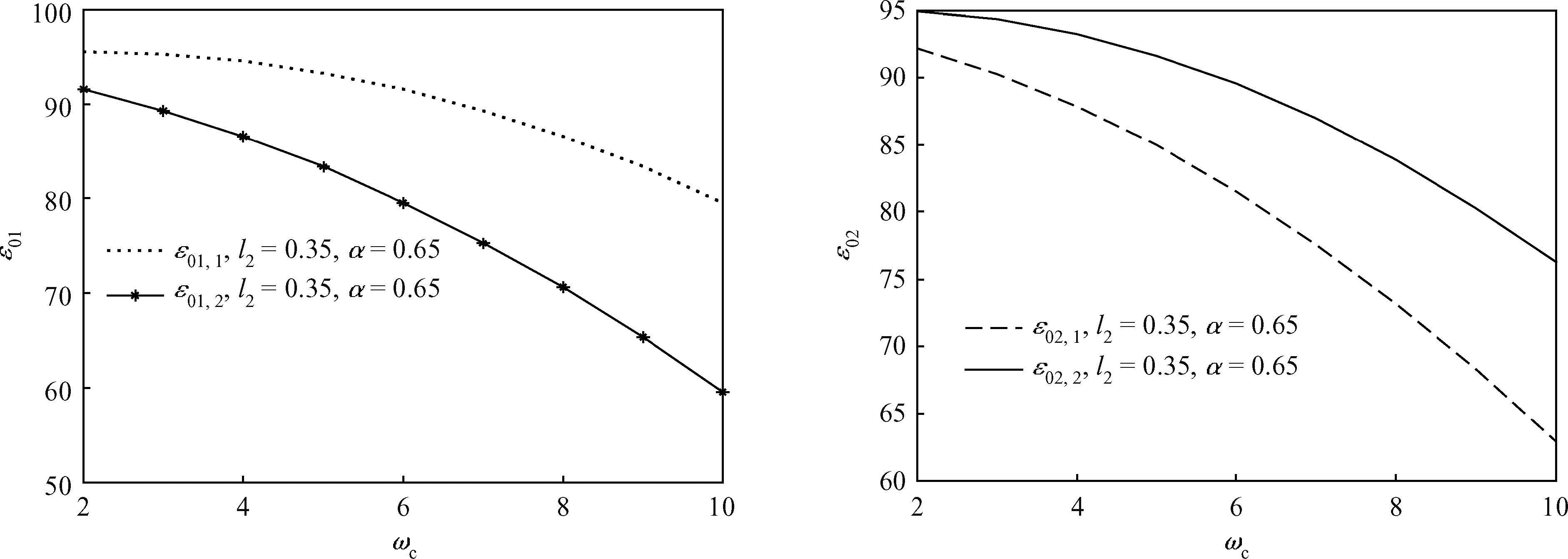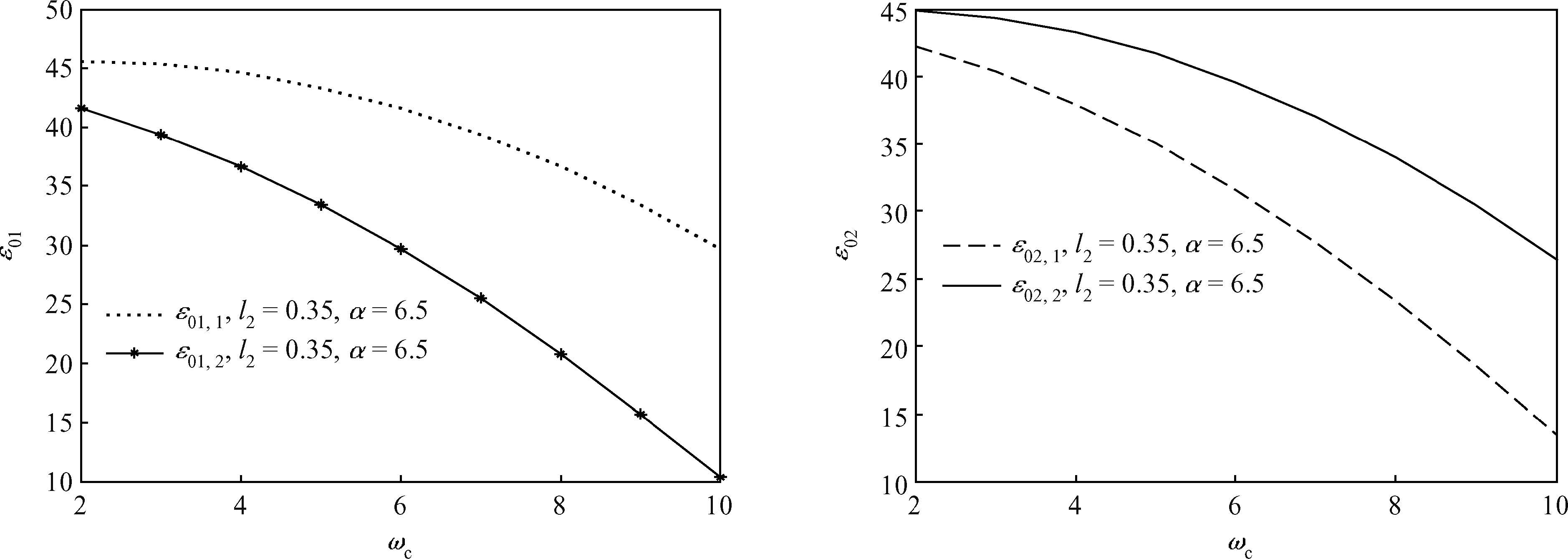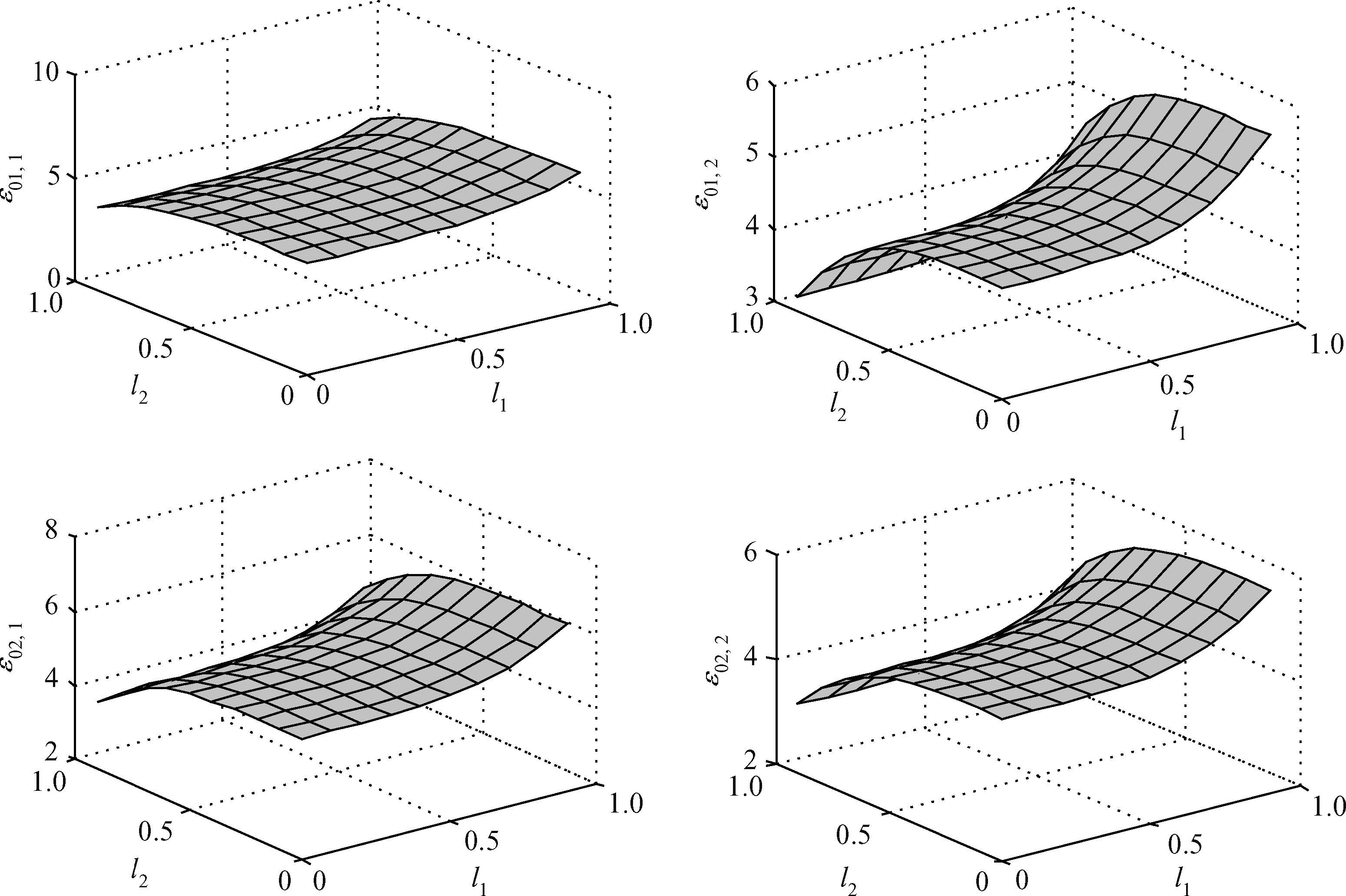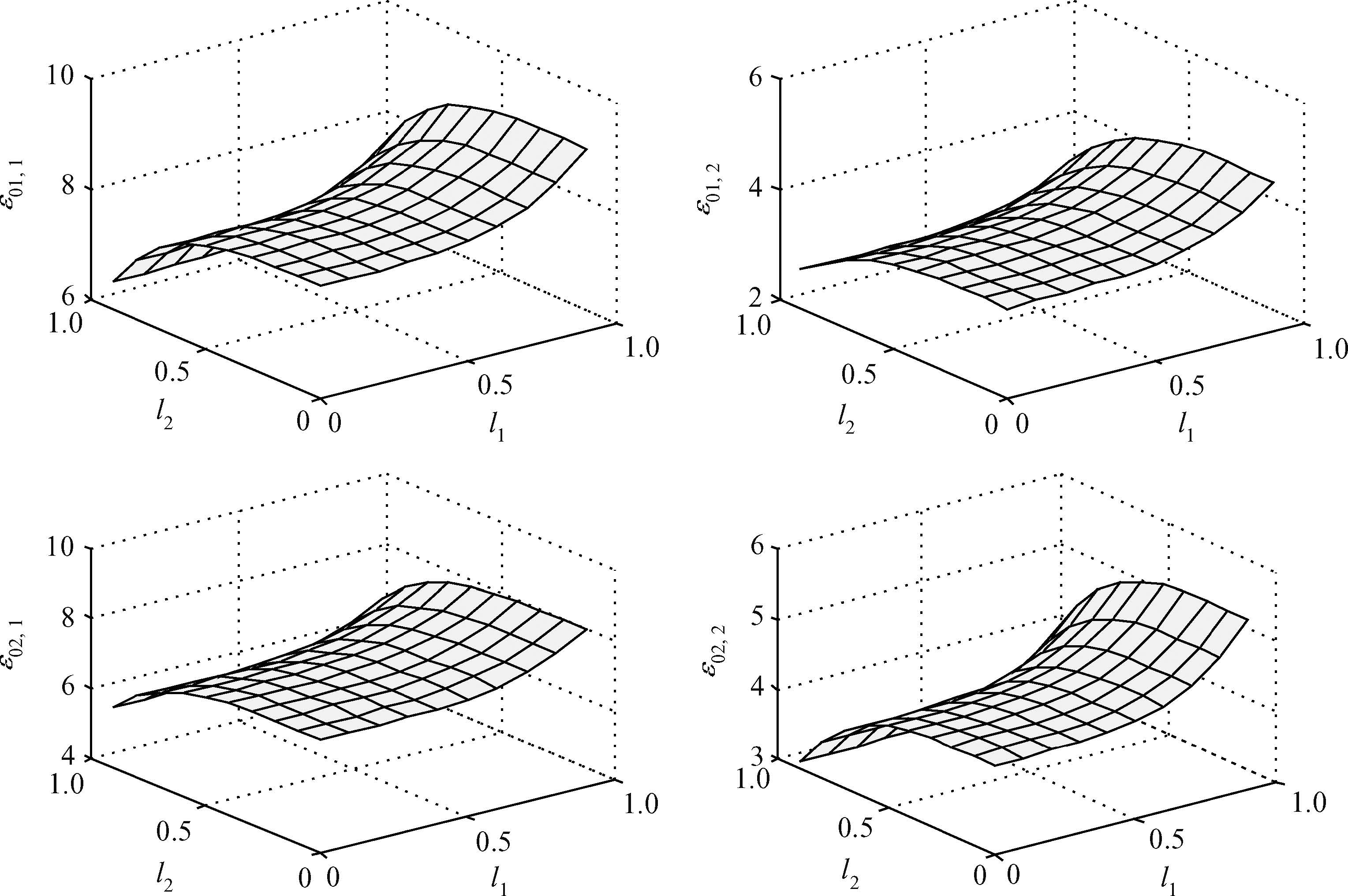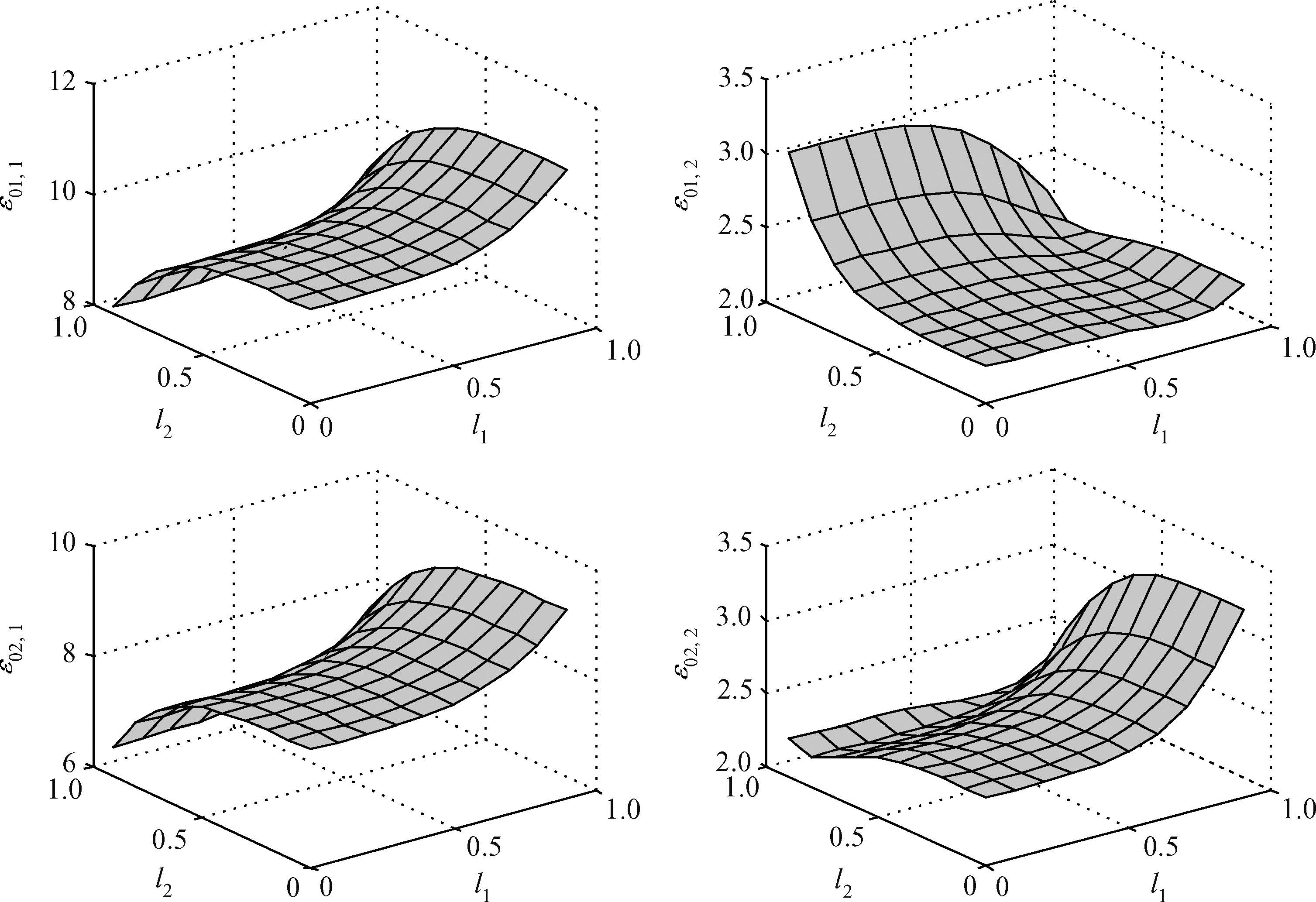| Citation: |
A. J. Fotue, S. C. Kenfack, N. Issofa, M. Tiotsop, H. Fotsin, E. Mainimo, L. C. Fai. Energy levels of magneto-optical polaron in spherical quantum dot——Part 1: Strong coupling[J]. Journal of Semiconductors, 2015, 36(9): 092001. doi: 10.1088/1674-4926/36/9/092001
****
A. J. Fotue, S. C. Kenfack, N. Issofa, M. Tiotsop, H. Fotsin, E. Mainimo, L. C. Fai. Energy levels of magneto-optical polaron in spherical quantum dot——Part 1: Strong coupling[J]. J. Semicond., 2015, 36(9): 092001. doi: 10.1088/1674-4926/36/9/092001.
|
Energy levels of magneto-optical polaron in spherical quantum dot——Part 1: Strong coupling
DOI: 10.1088/1674-4926/36/9/092001
More Information
-
Abstract
We investigate the influence of a magnetic field on the ground state energy of a polaron in a spherical semiconductor quantum dot (QD) using the modified LLP method. The ground state energy is split into sub-energy levels and there is a degeneracy of energy levels. It is also observed that the degenerate energy increase with the electron-phonon coupling constant and decrease with the magnetic field. The numerical results show that, under the influence of magnetic field and the interaction with the total momentum along the z-direction, the split energy increases and decreases with the longitudinal and the transverse confinement length, respectively.-
Keywords:
- magnetic field,
- total momentum,
- modified LLP,
- polaron energy,
- quantum dot
-
References
[1] [2] [3] [4] [5] [6] [7] [8] [9] [10] [11] [12] [13] [14] [15] [16] [17] [18] [19] [20] [21] [22] [23] [24] [25] [26] [27] [28] [29] [30] [31] [32] [33] [34] [35] [36] [37] [38] [39] [40] [41] [42] [43] [44] [45] [46] [47] -
Proportional views





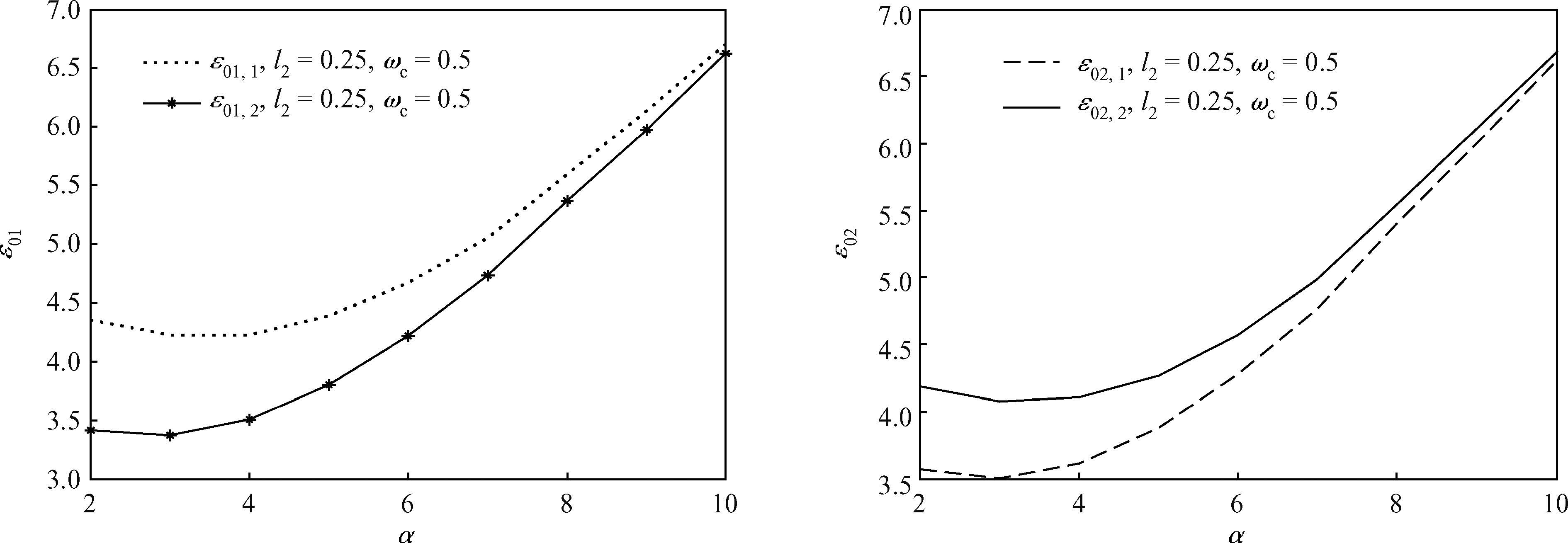
 DownLoad:
DownLoad:
